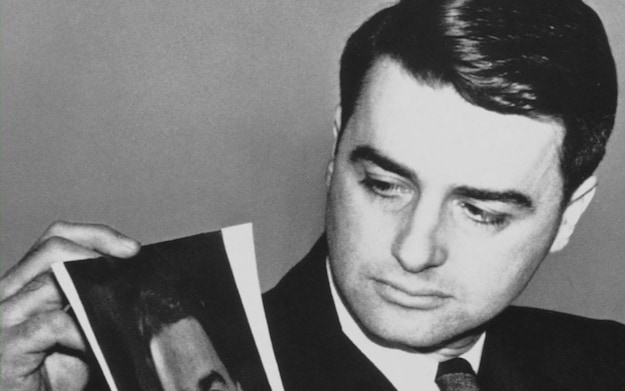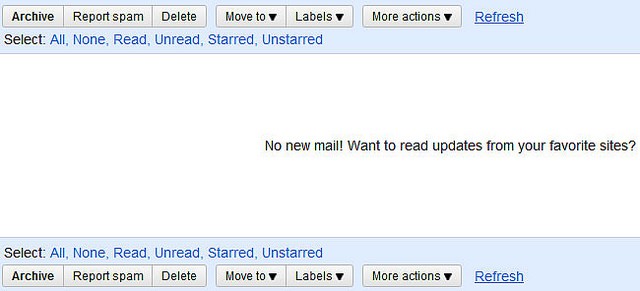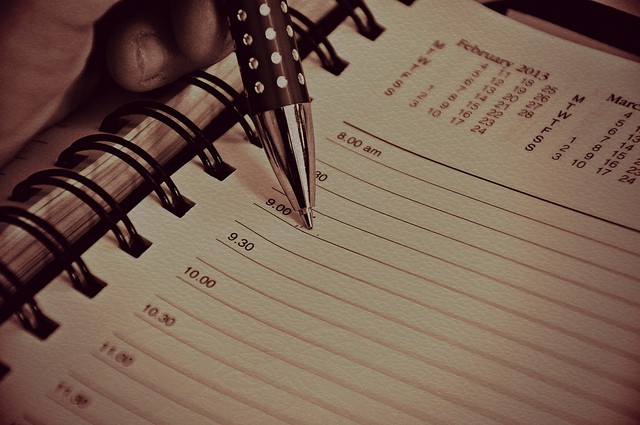
Ready Thinker One
Earlier this month, I demoed the HTC Vive virtual reality system. I was impressed. The Vive uses wall-mounted sensors that track your movements as you walk around a virtual space and interact with it using handheld wands.
The effect can be quite immersive.
At one point in the demo, I found myself in a small science lab. I could walk around and explore whirring gadgets on shelves. On a whim, I crouched down and peered under a sink and examined the pipes underneath.
It’s a scene straight out of Cline…but with less Dungeons and Dragons references.
Yesterday, however, I had a revelation about this technology. After giving a speech about deep work, I participated in a discussion with local entrepreneurs. Someone asked me what role virtual reality might play in supporting deep work.
A light bulb went off in my head. The answer was clear: potentially a lot!




